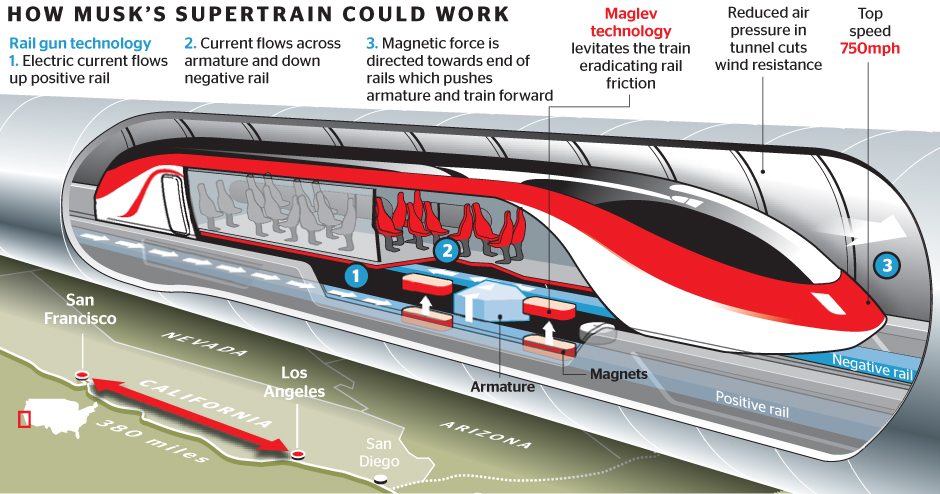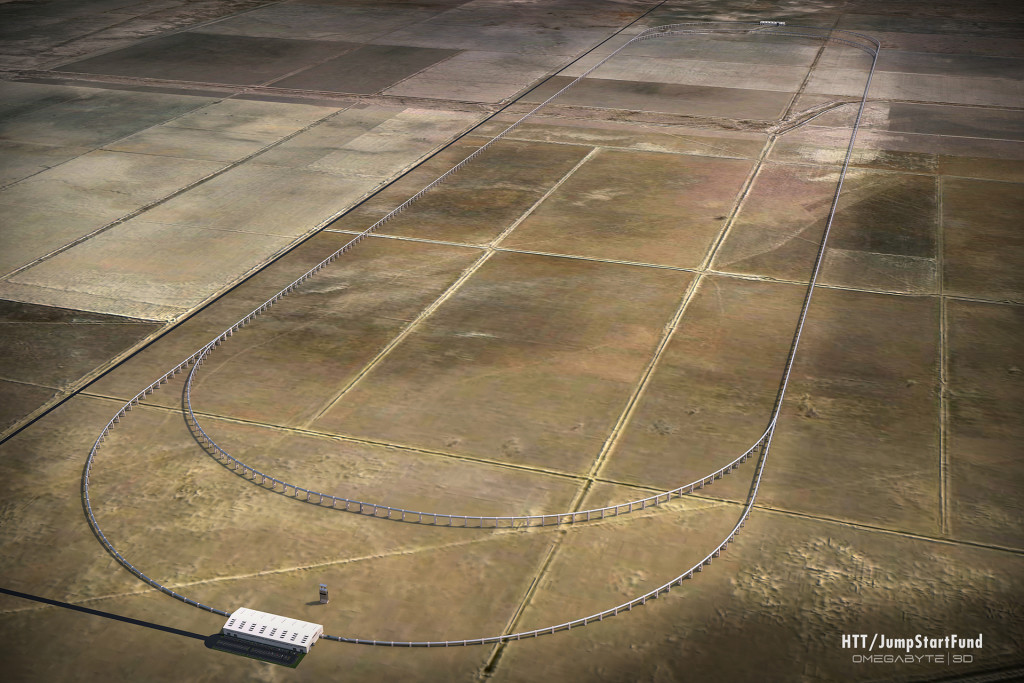
In August 2013, Elon Musk, the CEO and CTO of SpaceX, the world's first privately funded spacecraft company unveiled a 57-page Elon Musk, the CEO and CTO of SpaceX, the world's first privately funded spacecraft company unveiled a 57-page white paper that outlined a radical new supersonic transportation system. Called Hyperloop, it envisioned giving residents of high-traffic cities that lie within short distances the option to commute in enclosed capsules through low-pressure steel tubes at up to 800 mph. Musk hypothesized that such a system would help cut the commute time between cities like Los Angeles and San Francisco from the current 6 hours to just 30 minutes.
Optimistic as he was, the visionary made it clear that he had no intention of designing or building Hyperloop. Instead, Musk hoped that his blueprint would encourage others to take the lead. He was not disappointed. Since the idea was made public, engineers and designers from all across the world have been collaborating to try to make the seemingly impossible concept come true.

To encourage them, this past June, SpaceX announced a competition that will allow students as well as the growing number of private "Hyperloop" companies to showcase their ideas and take them to the next level.
Competitors have the option of either submitting just a pod, subsystem or safety feature design, or going all out and actually building a human-scale prototype pod. A selection committee will decide on the most viable concepts and invite the finalists to showcase them at a Design Weekend that is scheduled for January 2016.

Those that choose to build the prototypes will get an opportunity to race them inside a one-mile low pressure, vacuum tube that SpaceX will construct close to their Hawthorne, California, headquarters by June 2016. Though no humans will be allowed to travel in the pods, the test runs will provide both SpaceX and the public an idea of what to expect if and when a full-scale Hyperloop system is built. In addition to the honor of being selected, SpaceX also plans to give out numerous awards including one for "People's Choice" as well as cash prizes for the winners.
Meanwhile, crowd-funded startup Hyperloop Transportation Technologies, Inc. is also trying to make the supersonic transportation system a reality. Earlier this month, the team which comprises 400 volunteer engineers and designers from companies like NASA, Boeing and SpaceX announced plans to build a full-scale, passenger-ready Hyperloop pod by June 2016. They will test their version on a five-mile track in Quay Valley, a new planned community that is being developed halfway between Los Angeles and San Francisco.

While the progress is certainly encouraging, there are still skeptics who believe that traveling in a vacuum tube is not a feasible concept. Then there is also the question of who will pay the $6 billion USD to construct the 400-mile system from San Francisco and Los Angeles. Even if those hurdles are met, it will take 7- 10 years to build the single system - so don't give up on those "slow" cars and airplanes yet!
Resources: spacex.com,wired.com, atlantic.com